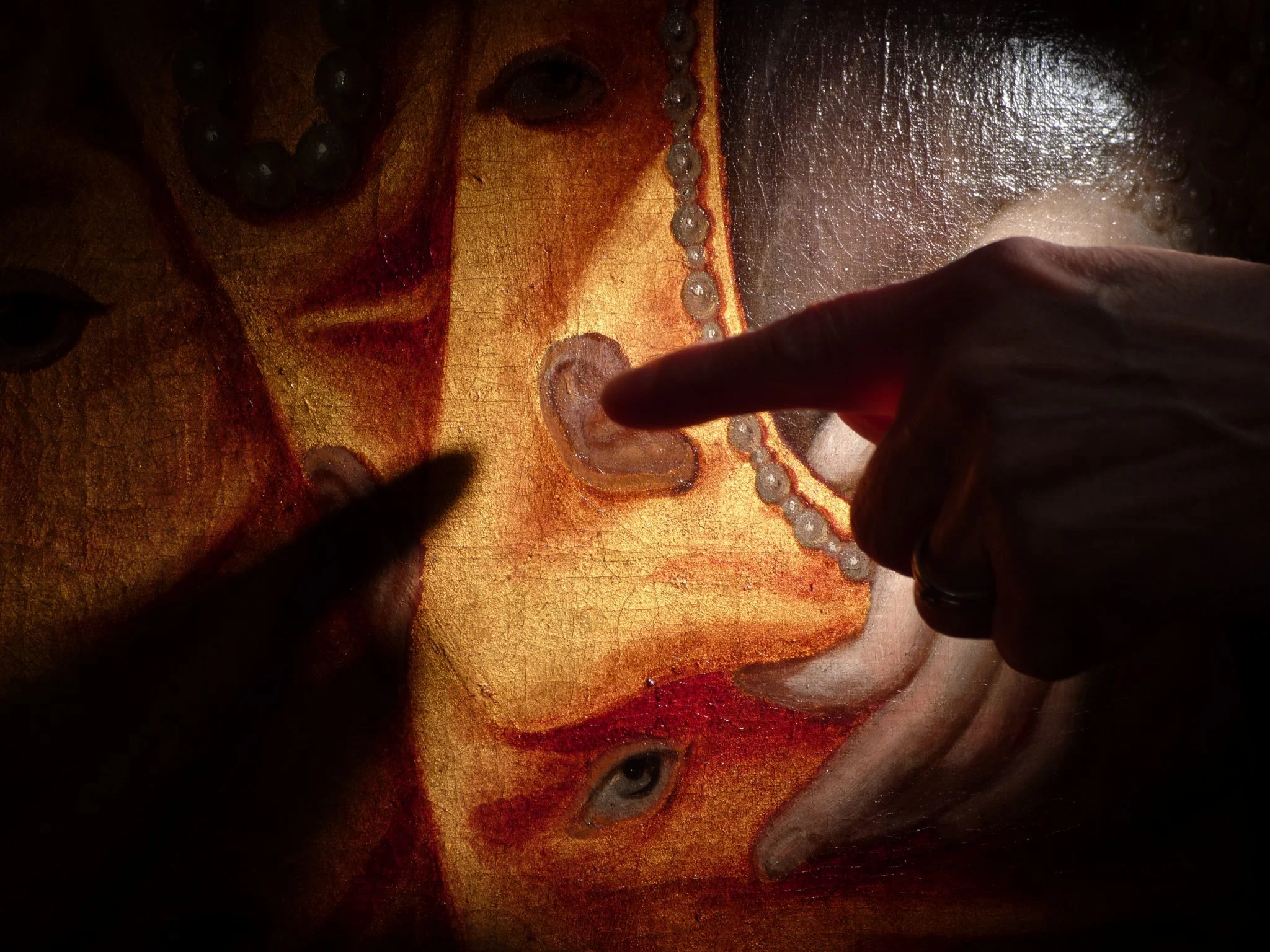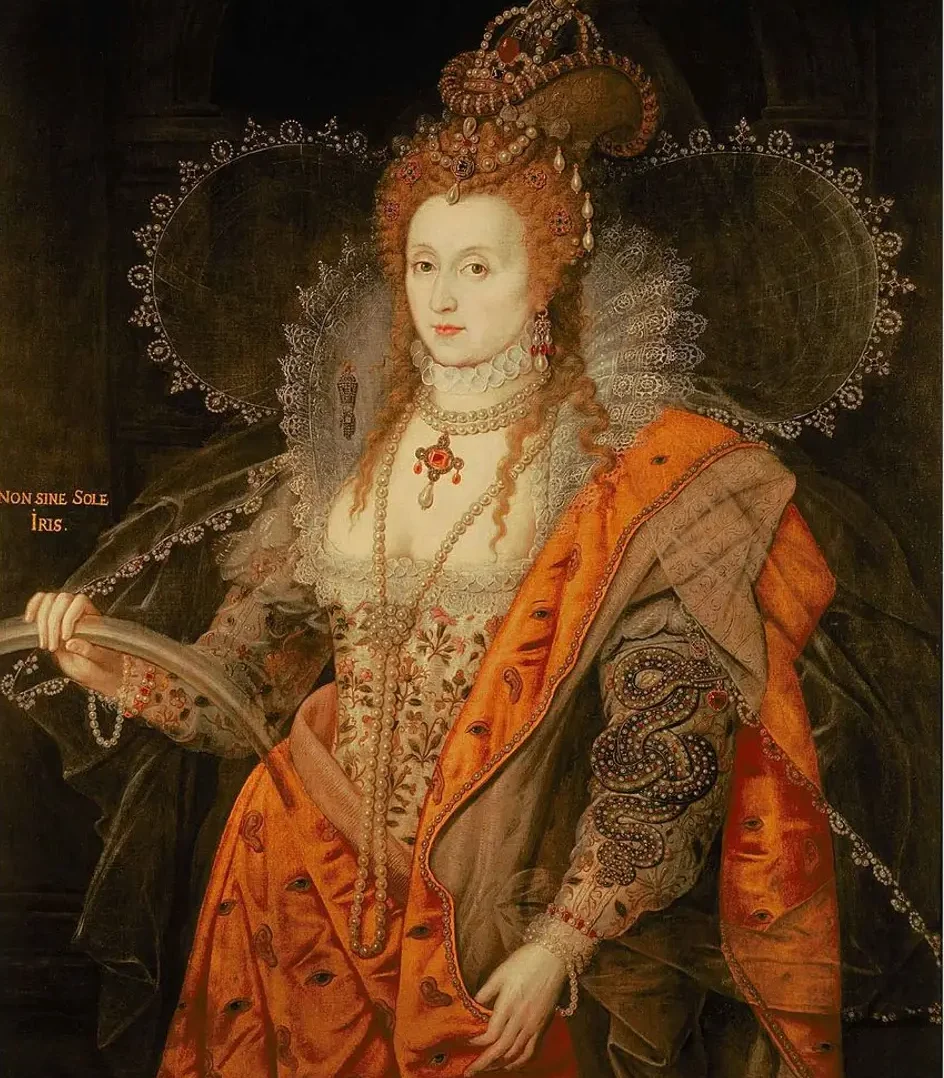The celebrated “Rainbow Portrait” of Queen Elizabeth I, famously depicting her in youthful splendor despite her age, has been returned to Hatfield House after a year-long restoration. This grand portrait, painted between 1600 and 1603, showcases an ageless Queen Elizabeth holding a symbolic rainbow, alongside the Latin phrase “Non sine sole iris” — “No rainbow without the sun,” a metaphor for the queen’s divine wisdom and rule. The painting, housed in Hatfield House’s Marble Hall, captures Queen Elizabeth in her final years, yet the portrait erases signs of aging, presenting her as eternally youthful.
After its international tour to the Metropolitan Museum of Art and the Cleveland Museum of Art, the restoration process—spearheaded by conservator Nicole Ryder—revealed fascinating new details. Experts now believe the painting was created posthumously, likely using an underdrawing based on earlier portraits, as Queen Elizabeth herself never sat for this specific work. Artistic liberties were taken, much like a 17th-century version of Photoshop, to ensure the queen appeared as a vision of chastity, strength, and eternal beauty. Pearls, a symbol of purity, cascade from her elaborate blonde curls and adorn her clothing, reinforcing this imagery.

Intriguing symbols like floating eyes and ears on her cloak, representing her omniscience, and a serpent denoting wisdom, further amplify the enigmatic nature of the artwork. Initially painted with vibrant red and purple hues, many elements have since faded or transformed over time. Yet, the restoration uncovered these original colors, along with the revelation that the rainbow, now muted in gray, once shimmered with vibrant color.
Though the portrait remains a mystery, including the true identity of the artist—potentially John de Critz—the painting’s return to Hatfield House, where queen spent her formative years, is a fitting homecoming for the iconic Virgin Queen. The portrait’s intricate symbolism, combined with the recent discoveries, continues to captivate and intrigue, reminding us of Queen Elizabeth’s carefully curated image as a timeless ruler.










